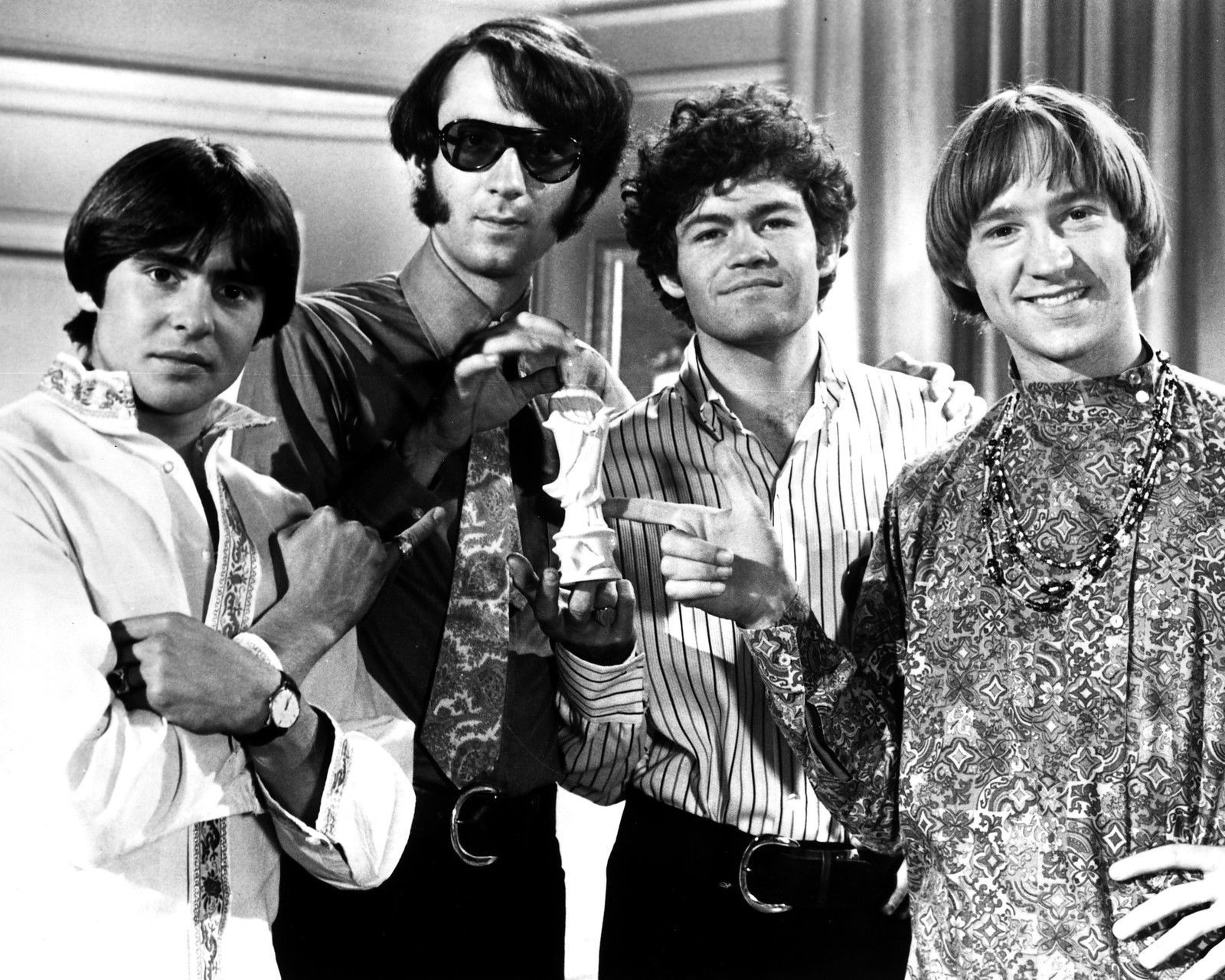
A Surreal Journey Through the Psychedelic Era
When one thinks of the vibrant and transformative 1960s, The Monkees often come to mind as a quintessential representation of that era’s unique blend of music, television, and youthful exuberance. While primarily recognized for their catchy pop hits, the band occasionally ventured into more experimental territories. One such fascinating departure is the song “Tapioca Tundra,” a track that defies conventional pop norms and invites listeners into a surreal sonic landscape.
Released as the B-side to “Valleri” in February 1968, “Tapioca Tundra” eventually found its place on The Monkees’ fifth studio album, The Birds, The Bees & The Monkees. At a time when the band was striving to assert their artistic autonomy beyond their made-for-TV image, this song stood as a testament to their evolving musical journey. Upon its release, “Valleri” reached number three on the Billboard Hot 100, with “Tapioca Tundra” also receiving significant airplay and attention for its enigmatic charm.
Penned by the multi-talented Michael Nesmith, “Tapioca Tundra” is a poetic exploration of identity and perception. Its lyrics are an intricate tapestry of whimsical imagery and introspective musings that delve into the nature of existence and creativity. Nesmith’s songwriting here is both cryptic and profound, challenging listeners to ponder deeper meanings hidden beneath seemingly nonsensical phrases. For those familiar with the psychedelic era’s penchant for abstract expressionism, the song feels like a portal to another dimension—a place where reality blurs into dreamlike visions.
The story behind “Tapioca Tundra” is as intriguing as its composition. During this period, The Monkees were undergoing a transformation, eager to break free from their manufactured beginnings and gain respect as genuine musicians. This track reflects Nesmith’s desire to push boundaries and experiment with sounds and themes that resonated with the counterculture movement of the time. Despite initial skepticism from some quarters about their legitimacy as artists, songs like “Tapioca Tundra” underscored their capability to create music that was both innovative and thought-provoking.
Musically, “Tapioca Tundra” is an eclectic mix of jangly guitars, unconventional rhythms, and ethereal vocal harmonies—a blend that creates an otherworldly atmosphere. The arrangement mirrors the lyrical content’s fluidity, with shifts in tempo and texture that keep listeners engaged in its auditory journey. For older fans who lived through the 60s or those who have developed an appreciation for its music in subsequent years, this song evokes a sense of nostalgia for a time when boundaries were being tested, and new forms of artistic expression were celebrated.
One cannot discuss “Tapioca Tundra” without acknowledging its emotional resonance. The song serves as a reminder of an era defined by exploration—both personal and artistic. For many listeners who grew up with The Monkees, it harkens back to youthful days spent discovering new ideas and embracing change. For newer generations, it offers a glimpse into the past—a period characterized by its audacity to dream beyond conventional limits.
In essence, “Tapioca Tundra” stands out not only for its distinctive sound but also for what it represents: a moment in time when music was more than mere entertainment; it was a vehicle for cultural dialogue and self-discovery. As we look back on this era with fondness and reflection, songs like this remind us of music’s power to transcend time and continue inspiring listeners across ages.
Whether you’re revisiting this track after decades or encountering it for the first time, let yourself be transported by its mystical allure. Allow The Monkees‘ exploration of reality’s fringes to stir memories or spark new thoughts—just as it has done for countless others since it first graced turntables over half a century ago.